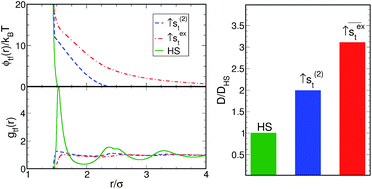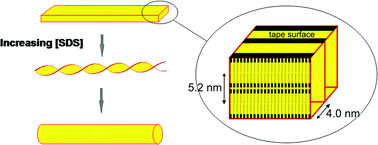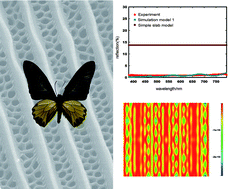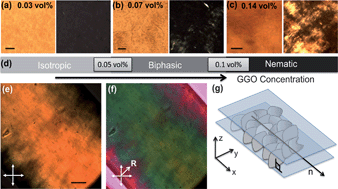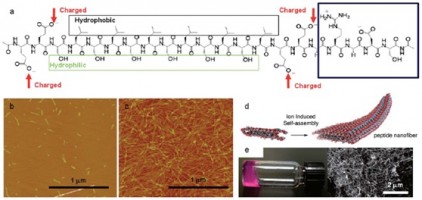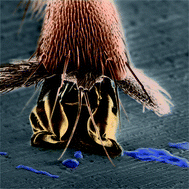Read the following for free until 30 March:
The extent to which long-time dynamics of a single tracer particle can be enhanced were tested using a combination of simulations and liquid-state theory in this hot paper. It was found that adding a soft repulsion to interactions with neighbouring particles of a hard-sphere-like tracer particle could significantly enhance the long-time diffusivity.
Enhancing tracer diffusivity by tuning interparticle interactions and coordination shell structure
James Carmer , Gaurav Goel , Mark J. Pond , Jeffrey R. Errington and Thomas M. Truskett
Soft Matter, 2012, Advance Article
DOI: 10.1039/C1SM06932B
To keep up-to-date with all the latest research, sign up for the Soft Matter e-Alert or RSS feeds or follow Soft Matter on Twitter or Facebook.


